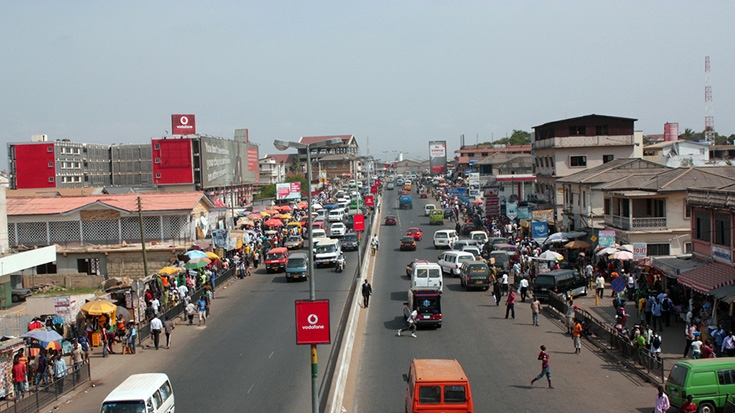The recent IMANI criticality analysis, “Empty Streets: How Not to Decongest Ghana’s Capital and Major Cities,” rightly brings to the forefront a crucial discussion about urban planning and economic vitality in Ghana.
While the intent behind decongestion efforts – creating order, improving mobility, and fostering modernization – is commendable, the article astutely highlights the potential pitfalls when such initiatives fail to consider the intricate economic ecosystems thriving within our informal sectors.I strongly agree with IMANI’s premise that a truly functional urban space must balance order with economic vibrancy, particularly in contexts where informal trade serves as a vital lifeline for millions.
IMANI’s concern that Accra’s Central Business District (CBD) risks becoming a “sterile urban space” due to the displacement of informal traders without adequate alternatives is a valid one. Indeed, a bustling street is far more than just a crowded space; it is a dynamic economic hub where traders, transport operators, food vendors, and artisans collectively contribute to an informal economy that sustains countless livelihoods.
When these actors are forcibly removed without providing viable alternative trading spaces, the inevitable outcome is economic displacement, leading to significant loss of income for informal traders, reduced consumer convenience, and a discernible decline in local commerce.
However, the challenges outlined by IMANI also present a unique opportunity for Ghana to redefine its approach to urban development. The examples of New York City, London, and Marrakesh, as cited by IMANI, offer compelling models for how cities can successfully integrate informal trade into their urban fabric while maintaining order and enhancing overall appeal. New York’s embrace of street vending through designated zones and permits, London’s seamless blend of formal and informal retail in areas like Covent Garden, and Marrakesh’s structured market spaces demonstrate that preserving and even celebrating street commerce is not antithetical to urban order.
Moving forward, Ghana’s urban authorities can leverage these insights to adopt a more sustainable and inclusive approach to decongestion. Rather than viewing decongestion as solely about evictions, we can reimagine our streets as dynamic, multi-functional spaces. This calls for:
Designated Vending Zones with Infrastructure: Establishing clearly defined vending zones equipped with essential infrastructure such as proper sanitation, lighting, and shelter can provide informal traders with dignified and organized spaces to conduct their businesses, ensuring economic activity continues in a structured manner.
Time-Based Trading Regulations: Implementing regulations that allow for time-based trading can effectively balance commerce with mobility. This would enable informal traders to operate during specific hours without causing undue congestion, thus optimizing street usage for various activities throughout the day.
Public-Private Partnerships for Integrated Planning: Fostering collaborations between urban authorities and the private sector can lead to innovative solutions for integrating informal trade into broader urban planning initiatives. Such partnerships can help create markets, develop infrastructure, and provide support services that empower informal traders while contributing to overall city beautification and functionality.
Ultimately, the goal of urban decongestion should not be to create empty streets, but to create vibrant, organized, and economically thriving urban centers. By embracing a balanced approach that integrates informal trade into city planning, Ghana can ensure that its decongestion efforts enhance, rather than erase, the economic vitality that is so integral to the lives of its citizens. A thriving city is indeed not just organized; it is, above all, economically alive.
By Raymond Ablorh
Policy, Strategy & Communication







